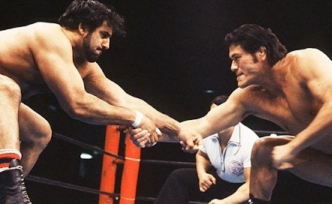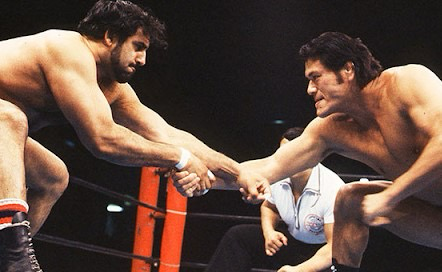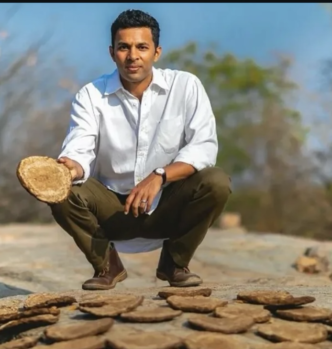India’s Wrestling Icon in Japan’s Ring
Tiger Jeet Singh, an Indian wrestling legend, became one of the most feared and respected wrestlers in Japan during the 1980s and 1990s. Known for his brutal wrestling style, charismatic personality, and signature weapon—a sword, Singh was a top heel (villain) in New Japan Pro Wrestling (NJPW) and Frontier Martial-Arts Wrestling (FMW).
For many Indian fans, Singh was a household name, especially when Japanese wrestling was broadcast on Doordarshan World and Doordarshan International in 1995 and 1996. His matches were a spectacle, filled with hard-hitting action, intense rivalries, and unforgettable moments.
Tiger Jeet Singh’s Rise to Fame
From Punjab to Japan
Born in Ludhiana, Punjab, in 1944, Tiger Jeet Singh moved to Canada in the 1960s, where he began his wrestling career. His intense brawling style and intimidating persona quickly caught the attention of international promoters.
Dominating Japanese Wrestling
Singh’s biggest success came in Japan, where he became a top draw in:
- New Japan Pro Wrestling (NJPW) – Feuding with stars like Antonio Inoki, Tatsumi Fujinami, and Riki Choshu.
- All Japan Pro Wrestling (AJPW) – Battling legends such as Giant Baba and Jumbo Tsuruta.
- Frontier Martial-Arts Wrestling (FMW) – A hardcore wrestling promotion where Singh’s wild and violent style fit perfectly.
Key Highlights of Tiger Jeet Singh’s Career
1. Feud with Antonio Inoki
Singh’s rivalry with NJPW founder Antonio Inoki was one of the most intense feuds in Japanese wrestling history. Their matches were brutal, often spilling outside the ring with Singh attacking opponents with chairs, tables, and his trademark sword.
2. Unstoppable Villain in Japan
Unlike many foreign wrestlers, Singh became one of the most feared villains in Japan, drawing massive crowds who loved to hate him. His unpredictable and wild brawling style made him a top attraction.
3. Tag Team Success
Singh also had success in tag team wrestling, often partnering with other legendary wrestlers, including Umanosuke Ueda and Abdullah the Butcher, to create chaotic and brutal matches.
4. Broadcasting in India
For many Indian wrestling fans in the mid-1990s, Singh became a popular figure when Doordarshan aired NJPW and FMW matches on Sundays. His larger-than-life presence and thrilling matches captivated audiences, making him an Indian wrestling icon.
Legacy of Tiger Jeet Singh
A Trailblazer for Indian Wrestlers
Singh paved the way for future Indian wrestlers in international wrestling, including his son Tiger Ali Singh, who later joined WWE.
Respected in Japan
Despite being a villain in the ring, Singh was highly respected by Japanese wrestling fans and promoters, earning a place among the greatest foreign wrestlers in Japan’s history.
Continued Influence
Even today, Singh remains an inspiration for wrestlers from India, proving that Indian talent can succeed on the global stage. His violent, charismatic, and unpredictable style made him a legend, remembered by fans in both India and Japan.
Conclusion
Tiger Jeet Singh’s career is a perfect example of the India-Japan wrestling connection. From thrilling Japanese audiences with his brutal style to becoming a fan favorite in India through Doordarshan broadcasts, Singh’s impact is undeniable. He remains one of the most iconic Indian wrestlers to ever compete internationally, especially in Japan’s wrestling scene.
Source: http://tokiox.com/wp/japan-awarded-tiger-jeet-singh-consul-general-of-japan-in-toronto/?lang=en

















